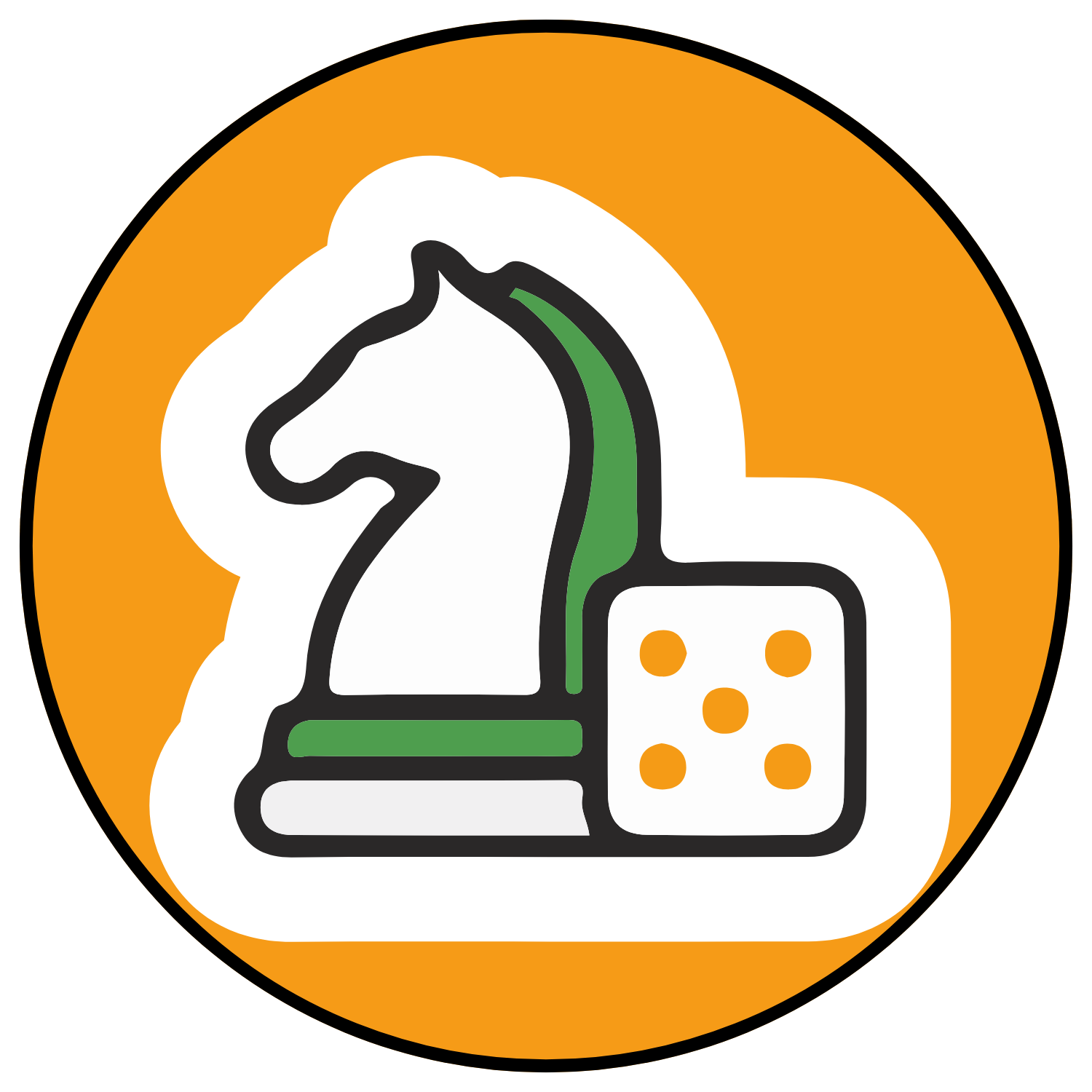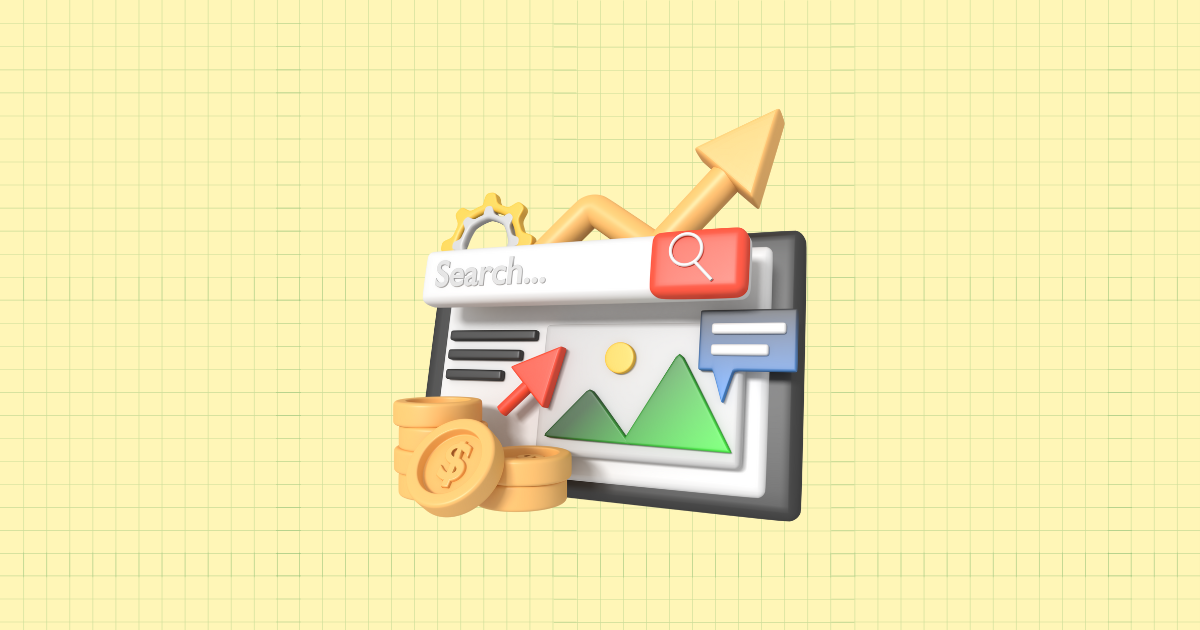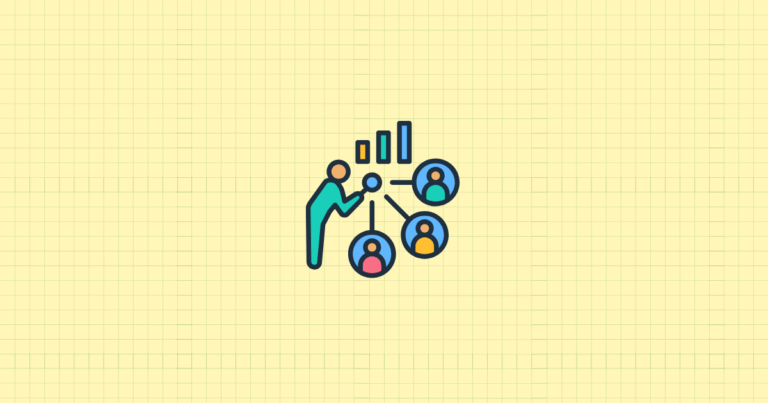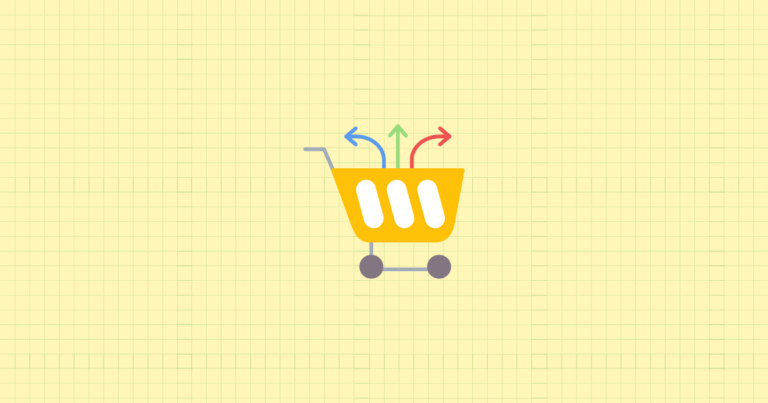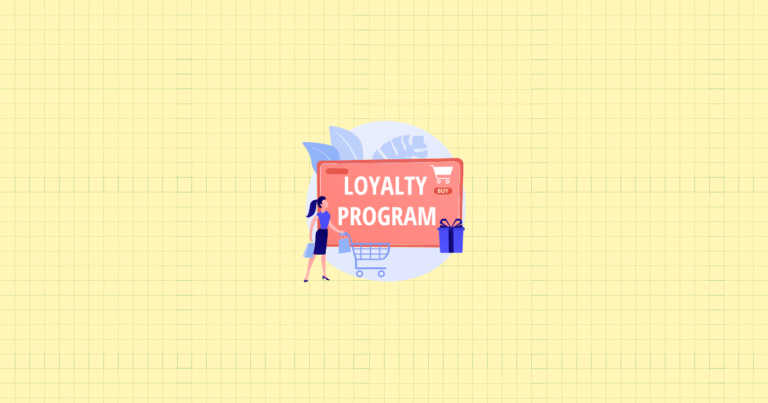Ever run a flash sale that seemed successful but left you wondering if it actually boosted your bottom line? You’re not alone. In the competitive e-commerce landscape, time-limited offers have become the go-to strategy for Shopify store owners looking to drive sales. Yet surprisingly, fewer than 40% of merchants properly analyze whether these promotions truly delivered profitable results.
That killer discount might have spiked your sales graph for a day, but did it cannibalize future purchases? Did it attract loyal customers or just one-time bargain hunters? Without proper post-promotion analysis, you’re essentially flying blind – making decisions based on gut feelings rather than concrete data.
The difference between stores that grow consistently and those that struggle often comes down to this: understanding exactly what happens before, during, and after every promotion you run. This isn’t just about tracking sales – it’s about measuring the true impact on your store’s profitability and long-term health.
In this comprehensive guide, you’ll learn how to move beyond surface-level metrics and implement a robust framework for evaluating your time-limited offers. We’ll cover everything from essential data collection techniques to advanced analytical methods that will transform how you plan, execute, and optimize your promotional strategy. By the end, you’ll have the tools to make every future promotion more profitable than the last.
Understanding Time-Limited Offers in the Shopify Context
Before diving into analysis, let’s establish a clear understanding of the various time-limited offers available to Shopify store owners and which metrics truly matter when measuring their effectiveness.

Types of Time-Limited Offers Available on Shopify
The beauty of Shopify lies in its flexibility. You can implement various promotional strategies either through native features or specialized apps. Here are the primary types of time-limited offers you can create:
- Discount codes with expiration dates: These are the workhorses of e-commerce promotions. Create percentage-off, fixed amount, or free shipping codes directly in your Shopify admin panel and set specific expiration dates. Perfect for email marketing campaigns, these codes can be targeted to specific customer segments or products.
- Flash sales using Shopify’s native features: Use Shopify’s sale price field to temporarily mark down products without creating discount codes. Combined with announcement bars or popups, these limited-time price reductions create urgency and can be implemented store-wide or for specific collections.
- Limited-time product bundles: Package complementary products together for a limited time at a discounted rate. This approach not only increases average order value but also introduces customers to products they might not have considered purchasing individually.
- Countdown timer apps for urgency creation: Apps like Growth Suite can display countdown timers alongside your offers, creating a powerful sense of urgency that drives conversions. These visual elements reinforce the limited-time nature of your promotions and can significantly boost conversion rates.
Each of these approaches can be effective, but their impact varies widely depending on your specific store, audience, and implementation. That’s why measuring results is crucial.
Key Metrics for Measuring Offer Effectiveness
When it comes to evaluating promotional performance, these four metrics provide the foundation for meaningful analysis:
- Sales lift during promotional period: The most obvious metric – how much additional revenue did the promotion generate compared to your normal baseline? This isn’t just total sales during the promotion but the incremental lift attributable to the offer itself.
- Conversion rate changes: A well-constructed promotion should increase your conversion rate – the percentage of visitors who complete a purchase. Comparing your promotional conversion rate to your baseline can reveal how compelling your offer truly was.
- Average order value (AOV) impact: Some promotions might increase order frequency but decrease average order value (think: small discount codes). Others might do the opposite (think: “free shipping on orders over $100”). Understanding this relationship is key to profitability.
- Customer acquisition cost (CAC) during promotions: How much are you spending to acquire each new customer during promotional periods? This includes not just the discount value but also any additional marketing costs and the operational burden of fulfilling increased order volume.
These metrics provide only partial insights when viewed in isolation. The true power comes from analyzing them together as part of a comprehensive evaluation framework – which is exactly what we’ll build in the following sections.
Data Collection and Preparation for Post-Promotion Analysis
You can’t analyze what you don’t measure. Before running your next promotion, ensure you’re capturing the right data points and leveraging the proper tools to organize that information meaningfully.
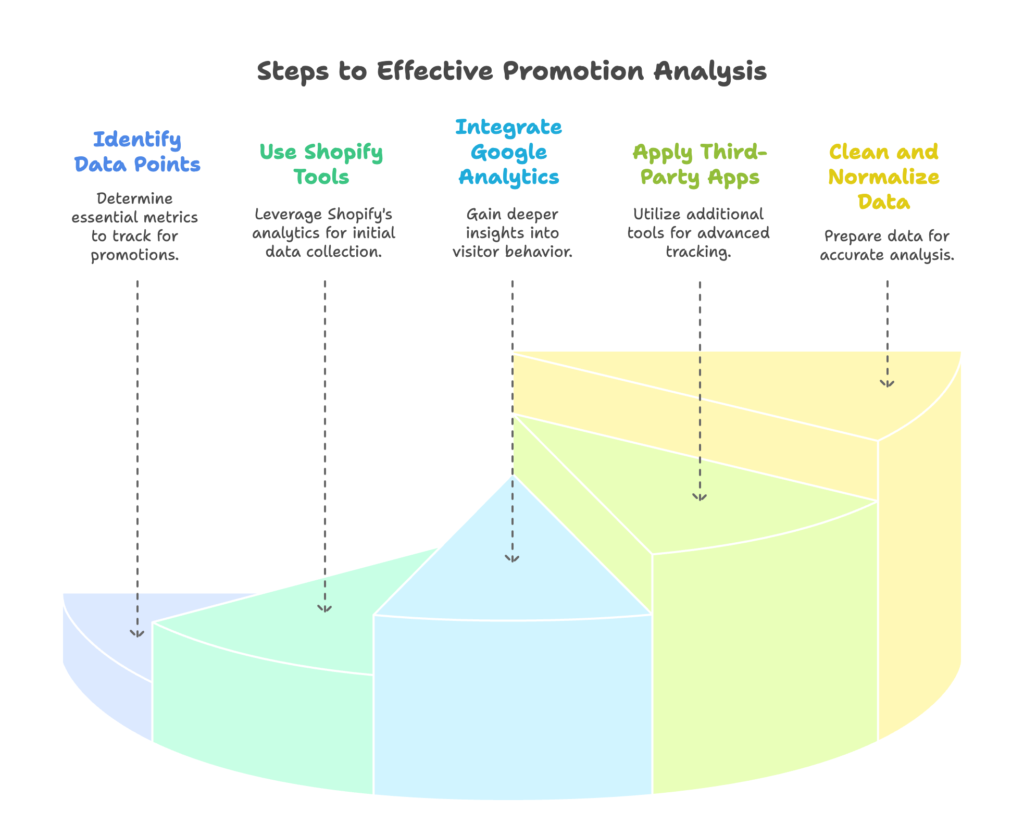
Essential Data Points to Track
Comprehensive analysis requires a holistic approach to data collection. Here are the critical data points to track for every promotion:
- Sales data (before, during, and after promotion): Collect daily sales figures for at least two weeks before your promotion, during the promotional period, and for two weeks after. This timeline allows you to establish accurate baselines and identify any post-promotion effects like sales dips or continued momentum.
- Traffic metrics (source, volume, and behavior): Monitor not just how many visitors you received, but where they came from and how they behaved. Did your social media traffic convert better than email during the promotion? Did visitors browse more products or head straight to discounted items? These insights help attribute success to specific channels.
- Inventory levels and product performance: Track which products saw the biggest lift during your promotion and monitor inventory turnover rates. This helps identify your most promotion-sensitive merchandise and informs future inventory purchasing decisions.
- Customer segmentation data: Segment customers into new versus returning, discount-users versus full-price purchasers, and high versus low average order value. Understanding how different customer types respond to your promotions reveals which segments drive the most value.
Don’t make the common mistake of only tracking the promoted products. To understand the full impact, you need to monitor your entire store’s performance during promotional periods.
Leveraging Shopify’s Analytics Tools
Fortunately, Shopify provides powerful built-in tools that make data collection easier. Here’s how to maximize them:
- Shopify Analytics dashboard utilization: Your primary starting point should be Shopify’s native analytics. Focus especially on the “Sales by discount” report under “Sales” to understand how different promotions performed, and “Online store conversion rate” to track how promotions affected purchasing behavior.
- Google Analytics integration for deeper insights: While Shopify’s analytics are useful, Google Analytics provides deeper visitor behavior analysis. Ensure you’ve set up Enhanced E-commerce tracking to capture detailed shopping behavior and create specific segments for promotion participants versus non-participants.
- Third-party analytics apps for advanced tracking: Apps like Growth Suite offer specialized analytics that fill gaps in native reporting, particularly around promotional performance. These tools can automatically tag discount users, track customer lifetime value by acquisition campaign, and much more.
Pro tip: Create custom reports in Google Analytics specifically for measuring promotional periods against baseline periods. Save these report configurations for consistent analysis across different promotions.
Data Cleaning and Normalization Techniques
Raw data rarely tells the complete story. To extract meaningful insights, you need to clean and normalize your data:
- Removing outliers and anomalies: Extremely large orders or unusual purchasing patterns can skew your analysis. Identify and either remove these outliers or analyze them separately to understand their impact on overall results.
- Adjusting for seasonality and external factors: If your promotion ran during a holiday weekend or coincided with a competitor’s sale, account for these external factors. Compare performance not just to the previous week but to similar periods in the past, adjusting for seasonal trends.
- Ensuring data consistency across periods: When comparing pre-promotion, during-promotion, and post-promotion periods, use consistent time frames (e.g., complete 7-day weeks rather than partial weeks) to avoid day-of-week fluctuations affecting your analysis.
Remember that data preparation often takes more time than the analysis itself, but this investment pays dividends in the accuracy and reliability of your insights.
Quantifying the Direct Impact of Time-Limited Offers
With your data collected and properly prepared, it’s time to dive into the analysis. Let’s start with quantifying the direct impact of your time-limited offers on sales, conversions, and overall profitability.
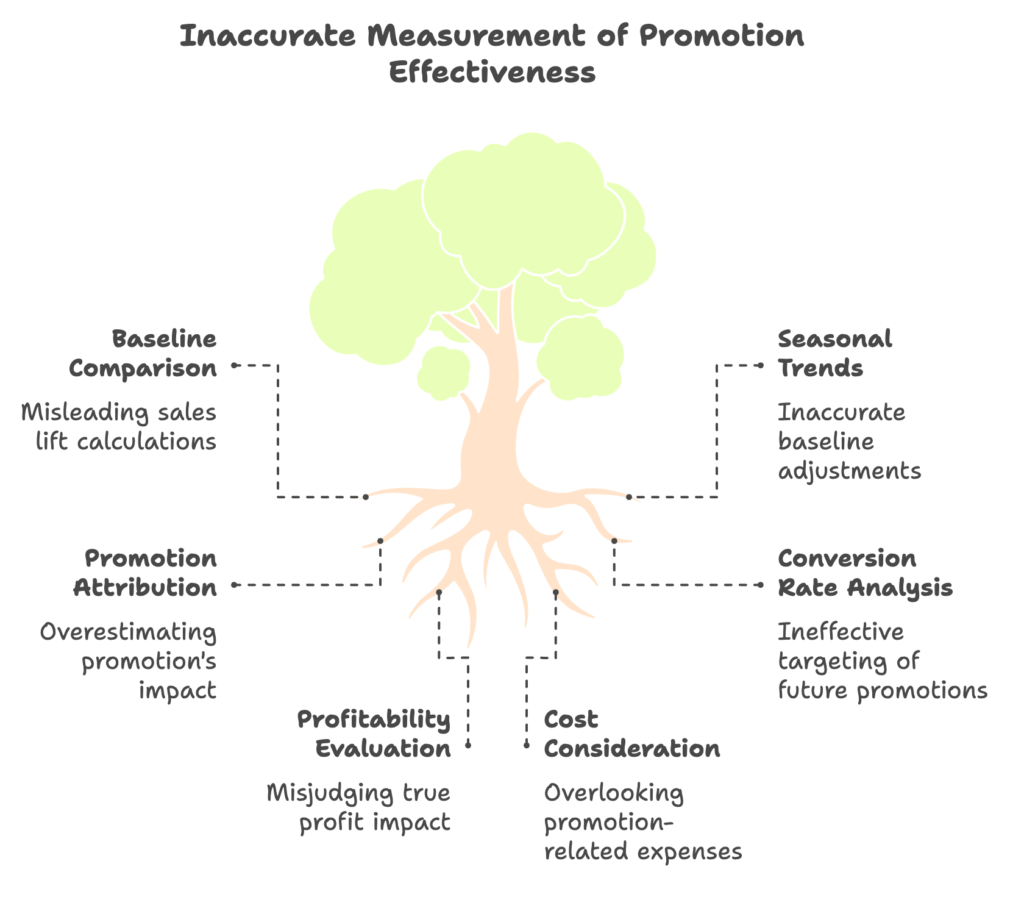
Calculating Sales Lift
Sales lift represents the additional revenue generated directly by your promotion. Here’s how to measure it accurately:
- Comparing promotional period sales to baseline: Calculate your average daily sales for the 2-4 weeks preceding your promotion. This establishes your baseline. Then subtract this baseline from your promotional period sales to determine the raw lift. For example, if you normally generate $1,000/day and earned $1,500/day during your three-day promotion, your raw lift would be $1,500 x 3 – ($1,000 x 3) = $1,500.
- Accounting for seasonal trends and historical performance: Raw lift can be misleading if your baseline period isn’t comparable to your promotional period. If you’re promoting during a typically strong sales period (like the beginning of the month for subscription products), you need to adjust your baseline accordingly. Compare to the same period in previous months or years when possible.
- Isolating promotion-specific impact: Not all sales during a promotional period are attributable to the promotion itself. Examine how many transactions actually used discount codes versus full-price purchases during the promotional period. This helps separate the promotion’s direct impact from other factors like increased marketing or seasonality.
For the most accurate results, consider creating a simple forecasting model based on historical data that predicts what sales would have been without the promotion. The difference between actual and forecasted sales provides the most accurate lift measurement.
Analyzing Conversion Rate Changes
Conversion rate changes tell you how effectively your promotion turned visitors into buyers:
- Measuring overall site conversion rate shifts: Compare your store’s conversion rate during the promotion to your average conversion rate. A successful promotion should show a significant lift – typically at least 15-25% higher than your baseline conversion rate.
- Evaluating product-specific conversion improvements: Drill down to see conversion rates for specific promoted products. Did your discounted bestseller convert even better, or did a previously slow-moving product see the biggest improvement? These insights help target future promotions more effectively.
- Assessing the impact on different customer segments: Analyze how conversion rates varied among different visitor segments. New visitors often show more dramatic conversion improvements during promotions than returning customers, but the value of those conversions may differ significantly.
A particularly valuable analysis is comparing the promotion’s conversion impact by traffic source. You may discover that your promotion resonated much better with email subscribers than with social media followers, informing where to focus your promotional messaging in the future.
Evaluating Profitability
Increased sales don’t always translate to increased profits. Here’s how to determine if your promotion truly boosted your bottom line:
- Calculating gross margin impact of discounts: Multiply your discount percentage by the total promotional sales to determine the direct revenue sacrifice. For instance, a 20% discount on $10,000 in sales means you gave up $2,000 in potential revenue. Then calculate the incremental profit from additional sales volume.
- Factoring in increased volume vs. reduced per-unit profit: Lower margins on higher volume can still increase total profit. Calculate the contribution margin (revenue minus variable costs) for promotional sales versus regular sales to determine the net profit impact.
- Considering long-term customer value implications: If your promotion acquired new customers, factor in their potential lifetime value. Tools like Growth Suite can help track customer cohorts by acquisition campaign, allowing you to see if customers acquired during promotions have different lifetime value patterns than full-price customers.
Don’t forget to include all promotion-related costs in your calculation – additional advertising spend, increased shipping costs from higher volume, extra customer service resources, and any technology costs specific to running the promotion.
Assessing Secondary Effects and Long-Term Impact
Beyond immediate sales impact, time-limited offers create ripple effects throughout your business. Understanding these secondary impacts is crucial for developing a truly comprehensive promotional strategy.
Cannibalization Analysis
One of the most overlooked aspects of promotional analysis is cannibalization – when discounted purchases replace full-price purchases that would have happened anyway:
- Identifying sales shifts from non-promoted products: Monitor whether non-discounted products experience decreased sales during promotional periods. If your store-wide promotion causes customers to focus exclusively on discounted items, you may be trading higher-margin sales for lower-margin ones.
- Evaluating category-wide performance during promotions: Analyze sales patterns across entire product categories. Did your promotion on shirts decrease sales of pants that weren’t discounted? Or did it create a halo effect that lifted the entire category?
- Strategies to minimize negative cannibalization effects: Consider using targeted promotions that encourage customers to explore new categories rather than discounting your bestsellers. Bundle promotions (like “buy a shirt, get 20% off pants”) can strategically drive cross-category purchases rather than cannibalizing future sales.
A key indicator of unhealthy cannibalization is a sudden drop in sales immediately after your promotion ends, followed by a slow recovery. This pattern suggests customers waited for the sale or stocked up during the discount period.
Customer Behavior Analysis
The true value of a promotion often lies in how it affects long-term customer behavior:
- Repeat purchase patterns post-promotion: Track how quickly customers acquired during promotions make subsequent purchases compared to customers acquired at full price. Do they wait for the next sale, or do they return at full price? Growth Suite’s cohort analysis tools can automatically track these patterns for different customer acquisition sources.
- Changes in customer lifetime value (CLV): Calculate the 30-day, 60-day, and 90-day value of customers acquired during promotions versus those acquired during non-promotional periods. This reveals whether discount-seeking customers deliver comparable lifetime value.
- Impact on customer loyalty and engagement metrics: Examine how promotional customers engage with your post-purchase email flows, loyalty programs, and social media. These engagement metrics often predict long-term retention better than initial purchase behavior alone.
A particularly valuable analysis is segmenting customers by their first purchase experience (promotional vs. full-price) and tracking their long-term purchasing patterns. This often reveals surprising insights about the true value of discount-acquired customers.
Brand Perception Effects
Frequent or deep discounting can impact how customers perceive your brand’s value:
- Surveying customers on promotion perception: Directly ask customers (via post-purchase surveys or email) how they feel about your promotional strategies. Do they perceive your regular prices as fair, or do they wait for sales? Tools like Growth Suite can help automate this feedback collection process.
- Monitoring social media sentiment during and after promotions: Track mentions, comments, and overall sentiment around your brand during promotional periods. Look for patterns in how customers talk about your pricing and value proposition.
- Evaluating long-term pricing strategy implications: Assess whether increasing promotion frequency is yielding diminishing returns over time. If conversion rates during promotions are gradually decreasing while baseline conversion rates are also falling, you may be training customers to only buy on discount.
Premium brands should be particularly attentive to brand perception metrics, as frequent discounting can erode premium positioning over time. Consider exclusive or value-added promotions (like gifts with purchase) rather than straight discounts if brand erosion is a concern.
Advanced Analytical Techniques for Shopify Stores
For store owners ready to take their promotional analysis to the next level, these advanced techniques provide deeper insights and more accurate forecasting capabilities.
Cohort Analysis for Promotion Effectiveness
Cohort analysis groups customers based on shared characteristics (like when they made their first purchase) and tracks their behavior over time:
- Segmenting customers based on promotion participation: Create distinct cohorts of customers who purchased during specific promotions versus those who purchased at full price during the same period. This direct comparison reveals how promotional acquisition affects long-term customer behavior.
- Tracking long-term behavior of promotional cohorts: Monitor these cohorts for at least 6-12 months, tracking metrics like repeat purchase rate, average order value over time, and total customer lifetime value. Tools like Growth Suite offer automated cohort tracking that makes this analysis simpler.
- Comparing performance against non-participating customers: The most revealing insights often come from comparing promotional customers against those who purchased at full price during non-promotional periods. This comparison helps isolate the true impact of discount acquisition on long-term value.
Pro tip: Create cohorts not just by promotion participation but also by discount depth (10% vs. 20% vs. 30% off) to understand the relationship between discount magnitude and customer quality.
Predictive Modeling for Future Promotions
Once you’ve gathered data from multiple promotions, you can begin building predictive models to forecast outcomes:
- Using historical data to forecast promotion outcomes: Identify patterns in how different types of promotions have performed in the past. For instance, you might discover that percentage-based discounts consistently outperform dollar-value discounts for items under $50, while the opposite is true for items over $100.
- A/B testing different promotion types and durations: Rather than applying the same promotion store-wide, test different offers across comparable customer segments or product categories. This allows you to directly compare effectiveness while controlling for external factors.
- Machine learning applications for optimization: For larger stores with sufficient data, consider implementing simple machine learning models that can predict optimal discount levels, timing, and targeting based on historical performance. Even basic regression analysis in Excel can yield valuable insights about which factors most strongly correlate with promotional success.
Remember that predictive models become more accurate with more data points. Document each promotion’s structure and results meticulously to build a robust dataset for future analysis.
Multi-Touch Attribution for Promotional Success
Promotions rarely exist in isolation – they’re part of broader marketing strategies:
- Identifying touchpoints leading to promotional conversions: Analyze the customer journey before promotional purchases. Did users interact with specific content, emails, or ads before converting through your promotion? Understanding these touchpoints helps optimize your entire marketing funnel, not just the promotion itself.
- Allocating value to different marketing channels: Implement multi-touch attribution models that distribute credit for promotional sales across all contributing marketing channels. This prevents incorrectly attributing all value to the final touchpoint (like the promotional email) when earlier touchpoints (like Instagram ads) may have initiated the customer relationship.
- Optimizing marketing mix based on attribution insights: Use attribution data to adjust your marketing spend during promotional periods. If social ads followed by email sequences drive the highest-value promotional customers, allocate resources accordingly in future promotions.
While perfect attribution remains challenging, even basic multi-touch models provide more accurate insights than single-touch attribution. Google Analytics offers simple multi-touch attribution modeling, while specialized e-commerce analytics platforms provide more sophisticated options.
Implementing Insights and Optimizing Future Promotions
Analysis without action is merely interesting; analysis with action is transformative. Here’s how to translate your promotional insights into a more effective strategy:
Creating a Data-Driven Promotion Strategy
Use your accumulated knowledge to build a more strategic approach to promotions:
- Setting clear objectives based on past performance: Define precisely what you want each promotion to achieve based on historical data. Rather than vague goals like “increase sales,” target specific metrics: “Increase new customer acquisition by 15% while maintaining at least 85% of our normal profit margin.”
- Tailoring promotions to high-performing customer segments: Different customer segments respond to different promotions. Your analysis might reveal that first-time buyers respond best to percentage discounts, while loyal customers prefer free gifts with purchase. Design targeted promotions accordingly.
- Aligning promotional calendar with business goals: Schedule promotions strategically throughout the year based on business objectives. Use deeper discounts during inventory clearance periods, lighter offers during high-demand seasons, and exclusive member-only promotions to reward loyalty during quieter periods.
Document your promotion strategy as a formal calendar with specific goals, target audiences, and success metrics for each planned promotion. This prevents ad-hoc discounting and ensures each offer serves a strategic purpose.
Continuous Improvement Framework
Implement a systematic approach to refining your promotional strategy over time:
- Establishing a regular review cycle for promotions: Schedule post-promotion analysis meetings within one week of each promotion’s conclusion. Use a consistent evaluation framework to compare results across different promotions over time.
- Iterative testing of promotional elements: Treat each promotion as an experiment by changing just one or two variables at a time – discount depth, promotion duration, creative approach, or targeting. This methodical approach clearly reveals which changes improve performance.
- Balancing short-term gains with long-term brand health: Establish guardrails that prevent promotional strategies from undermining your brand positioning. For example, set maximum discount depths, minimum time between promotions, or caps on the percentage of annual revenue derived from discounted sales.
Consider creating a promotion scorecard that tracks not just immediate sales impact but also customer quality metrics, margin impact, and brand health indicators. This comprehensive view prevents chasing short-term gains at the expense of long-term profitability.
Leveraging Shopify Apps for Enhanced Promotion Management
The right tools make both implementation and analysis significantly easier:
- Automated discount and offer creation tools: Apps like Growth Suite can automate the creation, management, and expiration of promotional offers, reducing manual work and ensuring consistent implementation. These tools can also help you target specific customer segments with personalized offers based on their purchase history and browsing behavior.
- Customer segmentation and targeting apps: Leverage apps that automatically segment your customers based on purchase behavior, allowing you to target promotions more precisely. For example, you might create special win-back offers for lapsed customers or exclusive previews for your top spenders.
- Advanced analytics and reporting solutions: Invest in analytics tools that provide deeper insights than Shopify’s native reporting. Look for solutions that automatically track promotional performance, calculate true ROI including margin impact, and provide cohort analysis for long-term customer value tracking.
Growth Suite stands out by combining all three capabilities – promotion creation, customer segmentation, and performance analytics – in one integrated platform. This holistic approach ensures your promotional strategy is both data-driven and easy to implement.
References
- Ailawadi, K. L., Gedenk, K., Lutzky, C., & Neslin, S. A. (2007). Decomposition of the sales impact of promotion-induced stockpiling. Journal of Marketing Research, 44(3), 450-467. https://journals.sagepub.com/doi/10.1509/jmkr.44.3.450
- Shopify. (2025). Shopify Help Center: Create a discount code. https://help.shopify.com/en/manual/discounts/create-discount-codes
- Gupta, S., & Cooper, L. G. (1992). The discounting of discounts and promotion thresholds. Journal of Consumer Research, 19(3), 401-411. https://academic.oup.com/jcr/article-abstract/19/3/401/1841839
- Blattberg, R. C., Briesch, R., & Fox, E. J. (1995). How promotions work. Marketing Science, 14(3_supplement), G122-G132. https://pubsonline.informs.org/doi/abs/10.1287/mksc.14.3.G122
Ready to transform how your Shopify store handles promotions? Growth Suite helps store owners run effective on-site discount campaigns with real-time personalization and data-driven insights. Our powerful analytics engine tracks visitor behavior, creates detailed product reports, and helps you understand exactly how your promotions impact your bottom line. Best of all, Growth Suite offers a 14-day free trial so you can see the results for yourself. Install with just a single click and start optimizing your promotional strategy today!
Don’t forget to check other articles;
